Derivative forms Manila Sound | ||
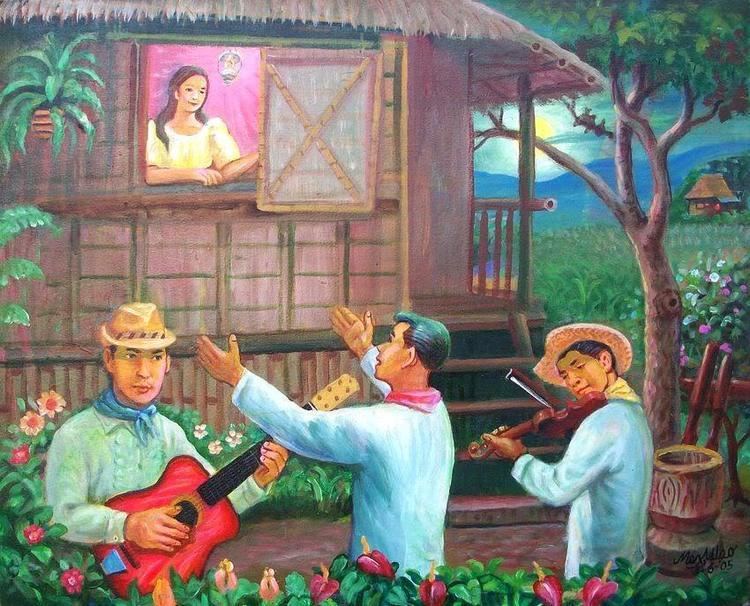 | ||
Typical instruments Similar Francisco Santiago, Nicanor Abelardo, Sylvia La Torre | ||
Ala ala kita ruben tagalog
Kundiman is a genre of traditional Filipino love songs. The lyrics of the Kundiman are written in Tagalog. The melody is characterized by a smooth, flowing and gentle rhythm with dramatic intervals. Kundiman was the traditional means of serenade in the Philippines.
Contents
- Ala ala kita ruben tagalog
- Pakiusap philippine kundiman song of dr francisco santiago
- Notable Kundiman Singers
- References
The Kundiman came around to be an art song at the end of the nineteenth century and by the early part of the twentieth century, its musical structure was formalised by Filipino composers such as Francisco Santiago and Nicanor Abelardo (February 7, 1893-March 21, 1934); they sought poetry for their lyrics, blending verse and music in equal parts.
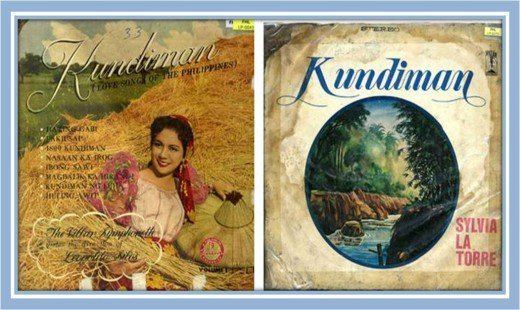
Scholars and historians believed that the Kundiman originated from the Visayas . Dr. Francisco Santiago(1889–1947), the "Father of the Kundiman Art Song", briefly explains in his scholarly work "The Development of Music in the Philippines" the reason why this Tagalog song is called Kundiman is because the first stanza of this song begun thus:
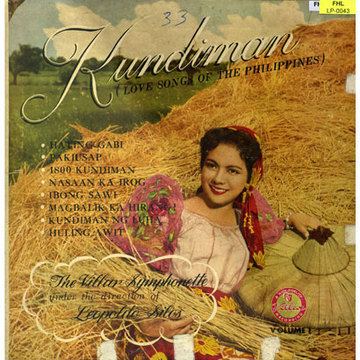
In 1872, the illustrious Franciscan Tagalist and poet, Joaquín de Coria wrote the "Nueva Gramática Tagalog Teorica-Práctica" which, besides treating grammar, also enumerates the characteristics of Tagalog language, and discusses Tagalog poetry. In this book, Coria also listed the names of the most important songs of the Tagalogs. They are:
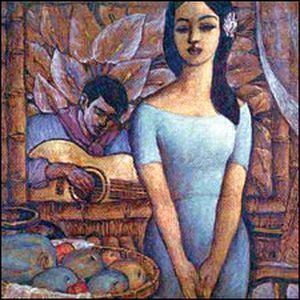
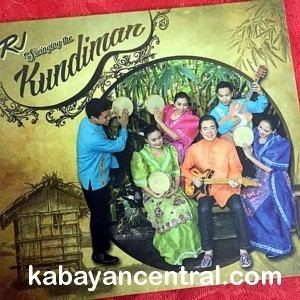
The Spanish scholar V.M. Avella described the Kundiman in his 1874 work "Manual de la Conversación Familiar Español-Tagalog" as the "canción indígena" (native song) of the Tagalogs and characterized its melody as "something pathetic but not without some pleasant feeling."
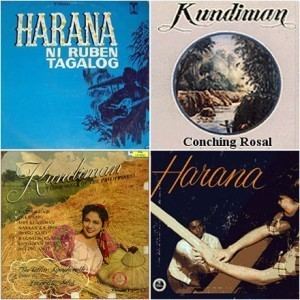
In his 1883 book "Cuentos Filipinos", Don José Montero y Vidal recorded in Spanish the sad lyrics of a "popular" Kundiman of the "Tagalas" or Tagalogs :
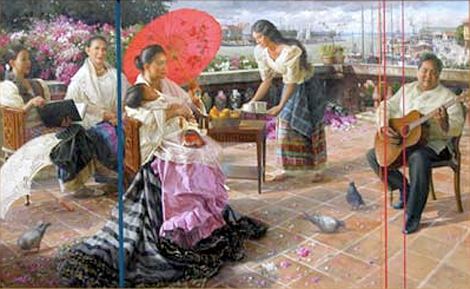
The Spanish writer and historian Wenceslao E. Retana recorded in 1888 the lyrics of a popular Kundiman in Batangas. The melancholic lyrics in the Tagalog original as recorded in Retana's book "El Indio Batangueño" reads:
In 1916, Dr. Juan V. Pagaspas, a doctor of philosophy from Indiana University and a much beloved educator in Tanauan, Batangas described the Kundiman as "a pure Tagalog song which is usually very sentimental, so sentimental that if one should listen to it carefully watching the tenor of words and the way the voice is conducted to express the real meaning of the verses, he cannot but be conquered by a feeling of pity even so far as to shed tears." [J.Pagaspas, "Native Amusements in the Province of Batangas"]
Dr. Francisco Santiago, the "Father of Filipino Musical Nationalism" declared in 1931 that the Kundiman "is the love song par excellence of the Filipinos, the plaintive song which goes deepest into their hearts, song which brings them untold emotions." [F. Santiago, "The Development of Music in the Philippines"]
T Endowed with such power, the Kundiman naturally came to serve as a vehicle for veiled patriotism in times of colonial oppression, in which the undying love for a woman symbolized the love of country and desire for freedom.
José Rizal, leader of the Propaganda movement and the Philippine national hero, has consecrated the Kundiman in his social novel “Noli Me Tangere”. Not only this but he himself wrote a Kundiman which is not of the elegiac type because its rhythm sounds the threat, the reproach and the revindication of the rights of the race.
From 1896 to 1898 the most famous Kundiman, which fired the patriotic sentiments of the Tagalog revolutionaries in the struggle for liberation from Spanish colonial rule, was Jocelynang Baliuag. Officially known as Musica del Legitimo Kundiman Procedente del Campo Insurecto (Music of the Legitimate Kundiman that Proceeds from the Insurgents), Jocelynang Baliwag was the favorite Kundiman among the revolutionaries of Bulacan during the Philippine Revolution of 1896 - earning it the title "Kundiman of the Revolution."
In the guise of a love and courtship song, it features lyrics dedicated to a young and beautiful Filipina idolized in the Bulacan town of Baliuag named Josefa 'Pepita' Tiongson y Lara who symbolizes the image of the beloved Motherland, the Inang Bayang Katagalugan or Filipinas.
The Filipino composer, conductor and scholar Felipe M. de León Jr., wrote that the Kundiman is a "unique musical form expressing intense longing, caring, devotion and oneness with a beloved. Or with a child, spiritual figure, motherland, ideal or cause. According to its text, a kundiman can be romantic, patriotic, religious, mournful. Or a consolation, a lullaby. Or a protest and other types. But of whatever type, its music is soulful and lofty, conveying deep feelings of devotional love." [F.M. de León Jr., "But What Really Is The Kundiman?"]
